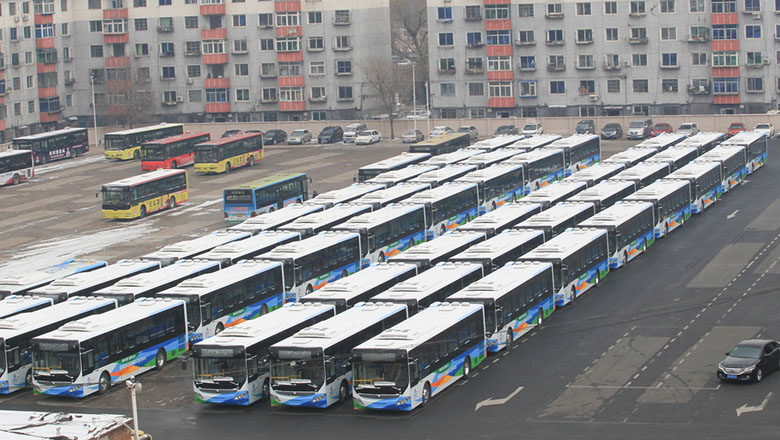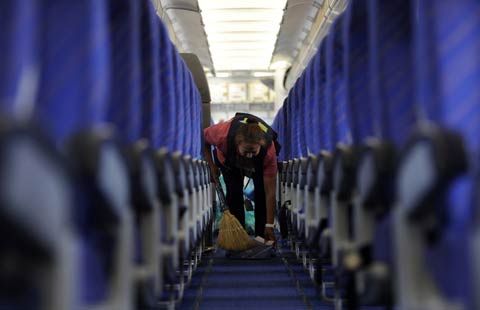'Magnetic'travel push in China
Updated: 2016-07-20 11:26
By Chen Yingqun and Ren Jie(China Daily)
|
||||||||
A NASA Space Act company, which has developed a magnetic levitation track for personal transportation, believes that China will be its most important market.
SkyTran is headquartered at the NASA Ames Research Center near Mountain View, California. On its website, skyTrain describes its product as a "patented, high-speed, low-cost, elevated Personal Rapid Transportation (PRT) system. The skyTran network of computer-controlled, two-person 'jet-like' vehicles employs unique, state-of-the-art, SkyTran Magnetic Levitation technology. SkyTran moves passengers in a fast, safe, green, and economical manner".
The US National Aeronautics and Space Administration (NASA) Space Act Agreements "enable NASA to enter into partnerships with organizations that give the agency access to a wider range of technologies and capabilities that are not part of NASA's core competency. These partnerships expand NASA's ability to meet the difficult technical challenge faced in space exploration, often at virtually no cost to the taxpayer", skyTran's website said.
Jerry Sanders, chairman and CEO of skyTran Inc, based in Mountain View, California, was in Beijing recently looking for potential partners to bring the company's transportation systems to China.

"We believe China will be skyTran's most important market; we also believe that China needs skyTran, because China is losing 10 or 15 percent of its growth of national products every year ... because its most productive people are stuck in traffic," he said, adding that skyTran's capability to move people 250 kilometers an hour will be an important solution to congestion.
He said that skyTran has completed technological demonstration systems, which were built in Israel, and everything worked well, so it is now working on commercializing the systems.
"We have many, many requests for this system all over the world, and we are working in those places where we believe we can build this system as fast as possible with the government's support," Sanders said.
"So one such place is in Abu Dhabi in the United Arab Emirates, and I believe we will be building a system there probably starting by the end of this year or beginning of next year," he said, adding that is there also a system in the works at a large European airport, and a number of systems progressing in India.
He said that the ideal place for a skyTran system is a new city, and China is building many new cities, or new areas, where the systems can be integrated into urban planning.
Other good locations are smaller cities, rather than major ones such as Beijing and Shanghai, that would probably be located further west or north in China, where demonstration systems can be built, Sanders said.
SkyTran is looking for Chinese companies with financial strength and knowledge of the transportation sector, or a desire and commitment to enter to the sector.
Sanders said that skyTran could be commercial in two years, and the challenges are not technological but political, and whether politicians are willing and able to commit to a new mode of transportation.
Yu Zhanfu, a principal of Roland Berger, was more conservative in his outlook for the company.
"Without being used on a large scale, whether the technology is mature or not is a question," he said. "And there are no successful cases in other countries that can prove the performance of skyTran."
chenyingqun@chinadaily.com.cn
- Endangered elephants relocated by crane in Africa
- THAAD news met by DPRK missile launches
- DPRK top leader guides ballistic rocket test-firing
- Turkey's failed coup to further consolidate Erdogan's power
- Boris Johnson says UK not abandoning leading role in Europe
- Armed man attacked passengers on a train in Germany
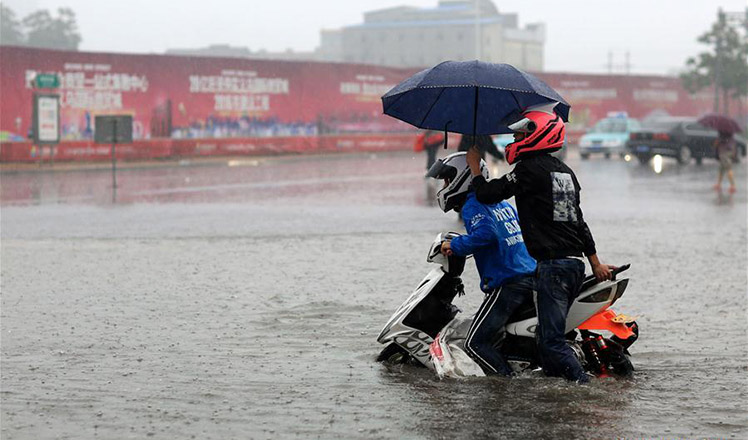
 Heavy rain, floods across China
Heavy rain, floods across China
 Super-sized class has 3,500 students for postgraduate exam
Super-sized class has 3,500 students for postgraduate exam
 Luoyang university gets cartoon manhole covers
Luoyang university gets cartoon manhole covers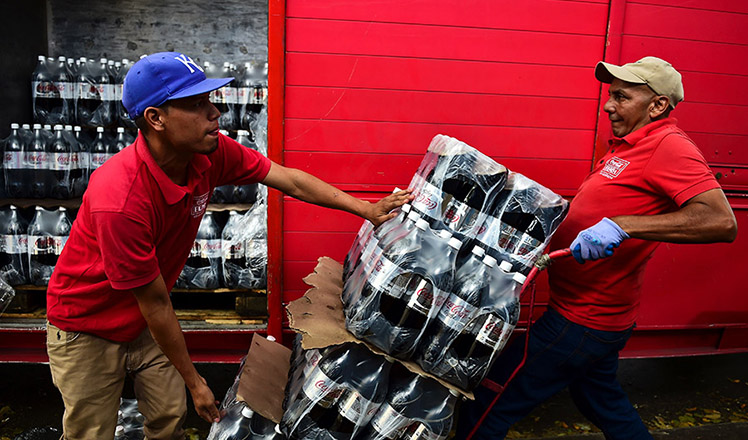
 Top 10 largest consumer goods companies worldwide
Top 10 largest consumer goods companies worldwide
 Taiwan bus fire: Tour turns into sad tragedy
Taiwan bus fire: Tour turns into sad tragedy
 Athletes ready to shine anew in Rio Olympics
Athletes ready to shine anew in Rio Olympics
 Jet ski or water parasailing, which will you choose?
Jet ski or water parasailing, which will you choose?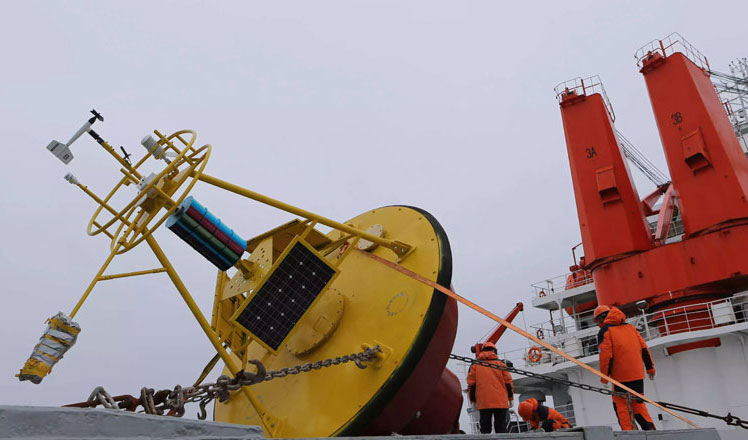
 Icebreaker Xuelong arrives at North Pacific Ocean
Icebreaker Xuelong arrives at North Pacific Ocean
Most Viewed
Editor's Picks

|

|

|

|
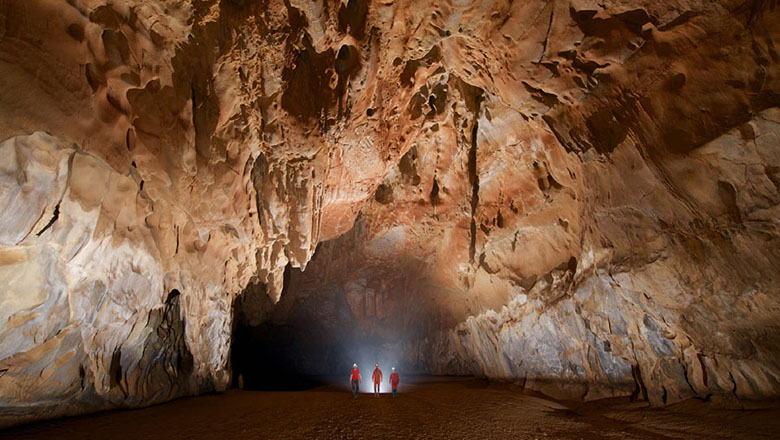
|

|
Today's Top News
Ministry slams US-Korean THAAD deployment
Two police officers shot at protest in Dallas
Abe's blame game reveals his policies failing to get results
Ending wildlife trafficking must be policy priority in Asia
Effects of supply-side reform take time to be seen
Chinese State Councilor Yang Jiechi to meet Kerry
Chinese stocks surge on back of MSCI rumors
Liang avoids jail in shooting death
US Weekly

|

|


